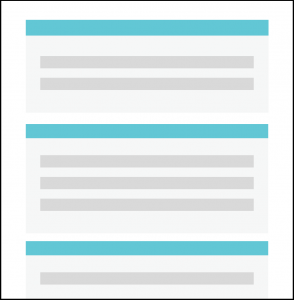Language & Learning
This cluster focuses on the role of language of origin of refugee children and youth on their cognitive and literacy skills in the destination country as well as the social contexts that further their educational achievement, literacy levels and language skills. To open a project’s page, click on the research title in the table below.
Jump to: Publications & Reports
Research Projects
Publications & Reports

